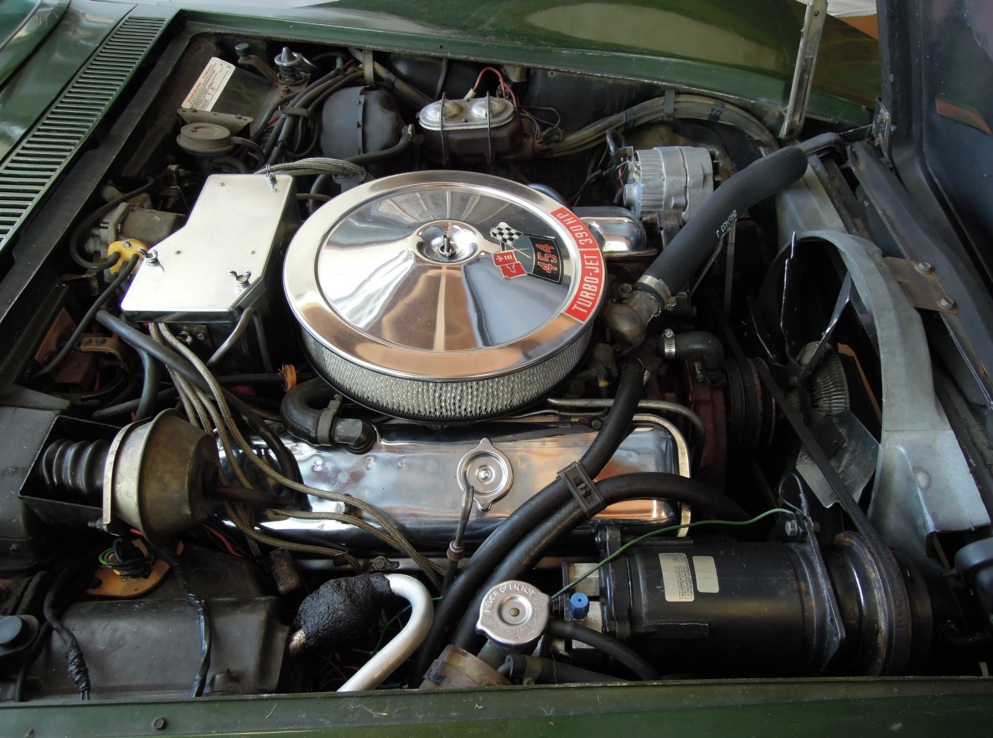1970 – 1974 LS5 Corvette Engine Ultimate Guide
By the early 1970s, the thriving automotive performance scene had reached a crossroads. Increasingly stringent emissions standards had begun taking their toll on subsequent offerings from some of the nation’s most renowned automotive manufacturers. It seemed as if the power wars of a decade prior had finally reached an end, though not by choice.
In a bid to retain sales, many of these same manufacturers were slow to dial back the output associated with their most prestigious models, instead opting to engineer around de-tuning related matters. No exception to this generalization, General Motors sought out any means of retaining the Corvette’s performance acuity. This desire ultimately gave rise to the company’s illustrious LS5 454 cubic-inch big-block.
No Subscription? You’re missing out
Get immediate ad-free access to all our premium content.
Get Started



